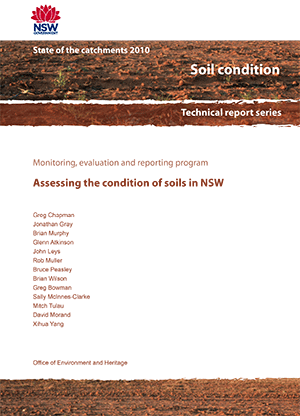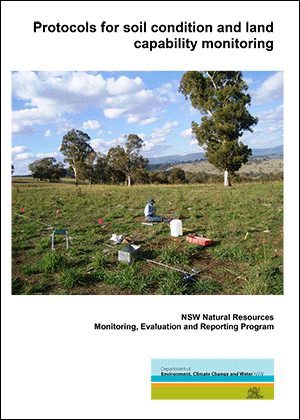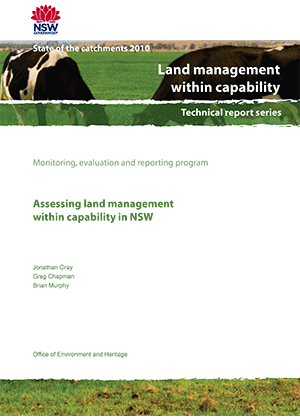Soil degradation is the decline in soil condition caused by its improper use or poor management, usually for agricultural, industrial or urban purposes. It is a serious environmental problem. Soils are a fundamental natural resource, and are the basis for all terrestrial life. Avoiding soil degradation is crucial to our well-being.
Examples of soil degradation
Soil degradation is the physical, chemical and biological decline in soil quality. It can be the loss of organic matter, decline in soil fertility, and structural condition, erosion, adverse changes in salinity, acidity or alkalinity, and the effects of toxic chemicals, pollutants or excessive flooding. Soil degradation can involve:
- water erosion (includes sheet, rill and gully erosion)
- wind erosion
- salinity (includes dryland, irrigation and urban salinity)
- loss of organic matter
- fertility decline
- soil acidity or alkalinity
- structure decline (includes soil compaction and surface sealing)
- mass movement
- soil contamination (including effects of toxic chemicals and pollutants).
Soil condition in NSW
To measure progress towards achieving these targets a Monitoring, Evaluation and Reporting (MER) program was developed in 2008. This program established a baseline for soil condition and land capability at 850 paired sites across NSW. This represents the largest data set of its kind in Australia. Department of Climate Change, Energy, the Environment and Water is leading the implementation of this program.




